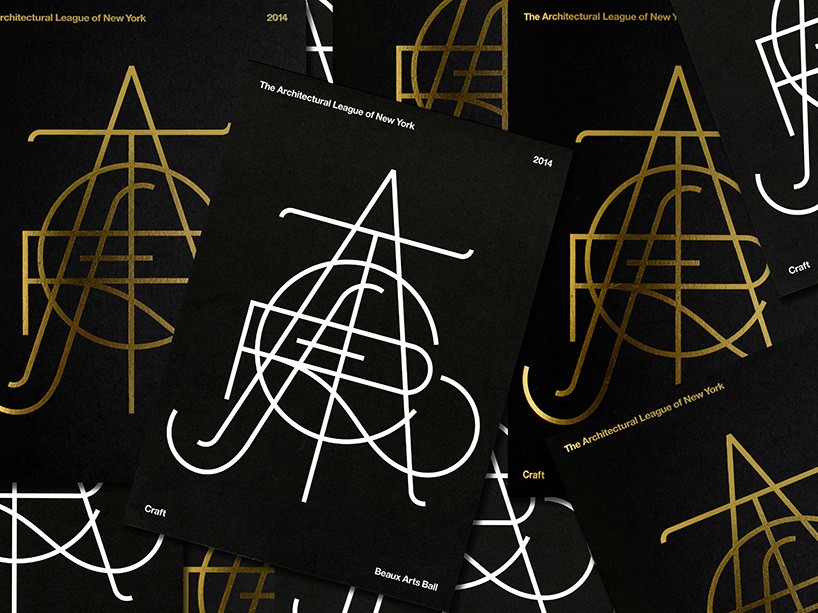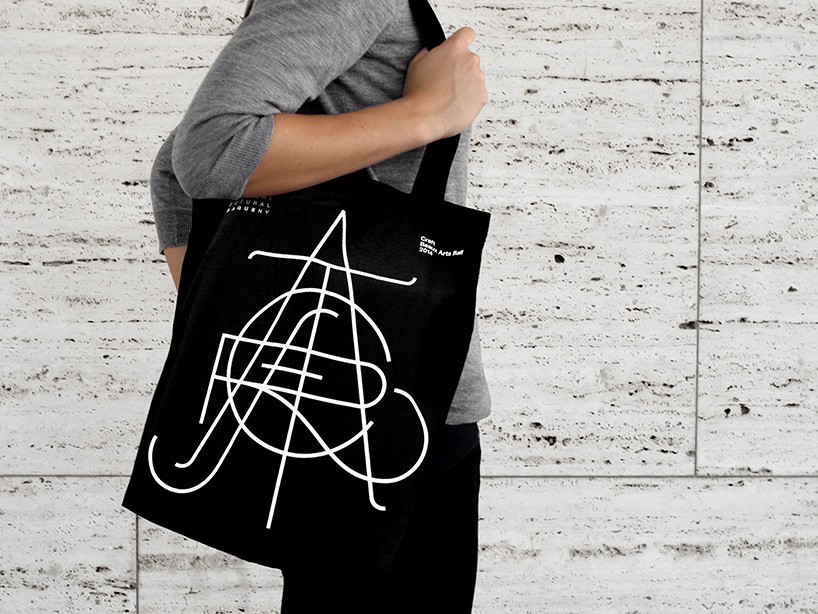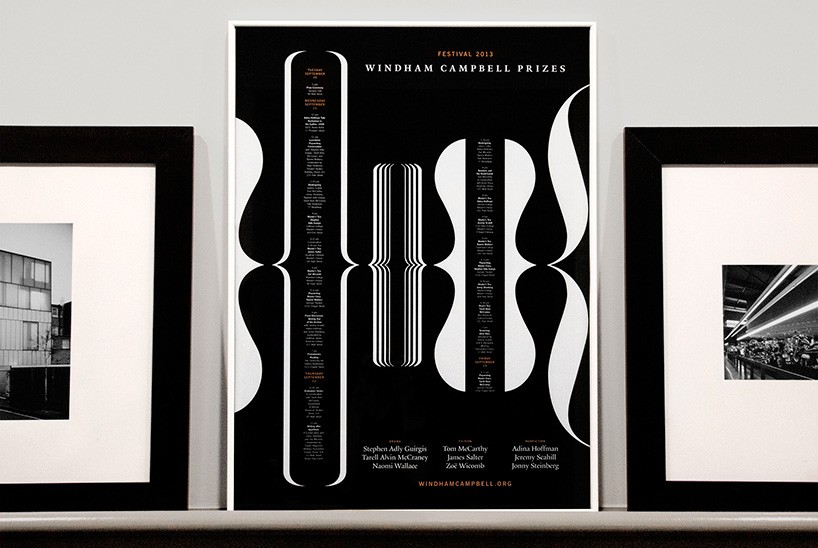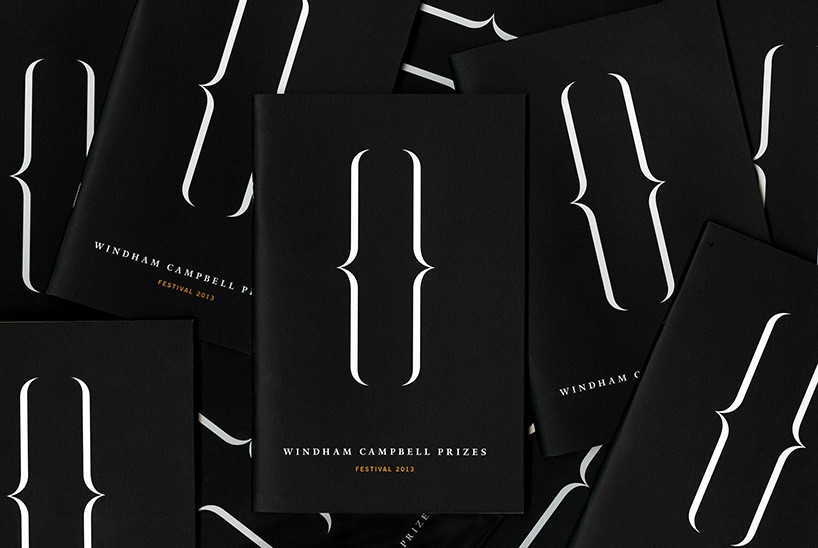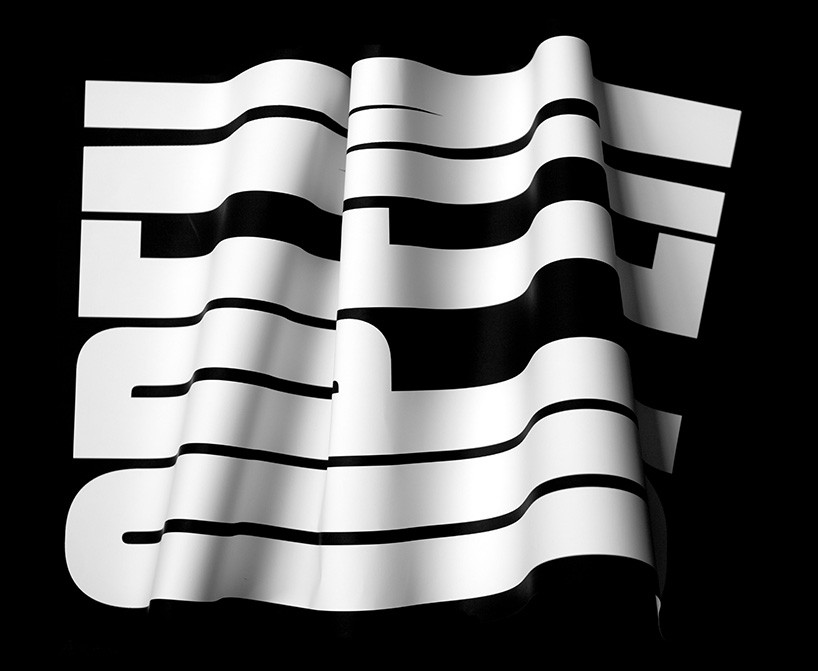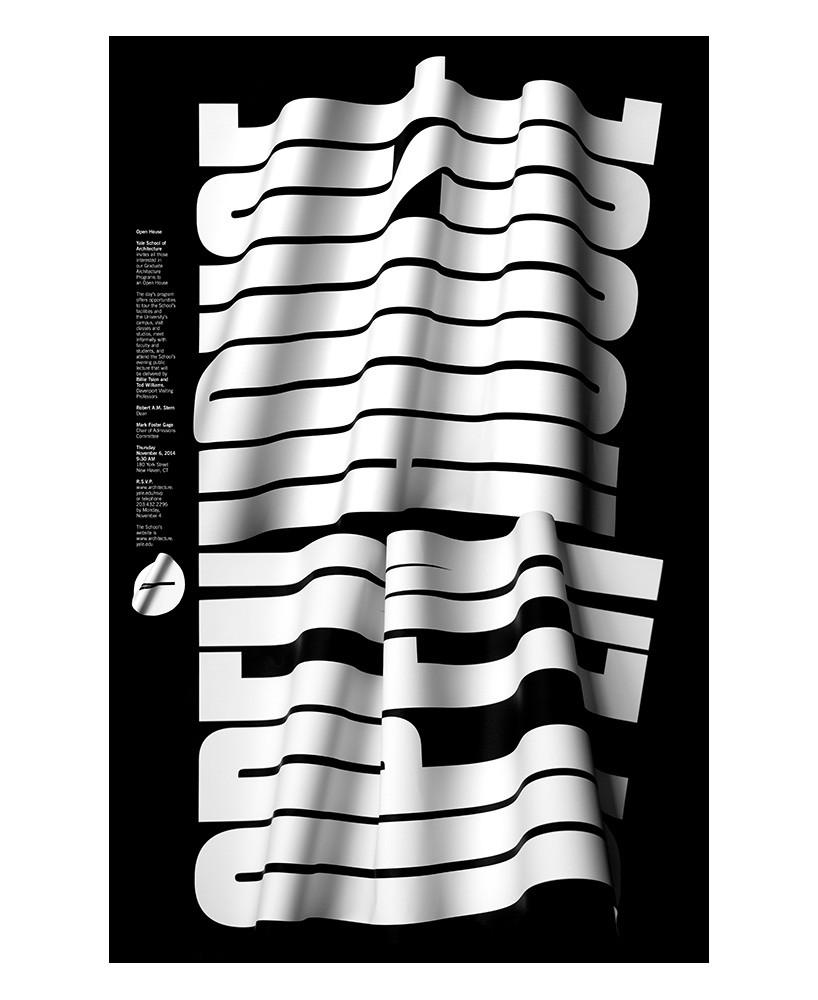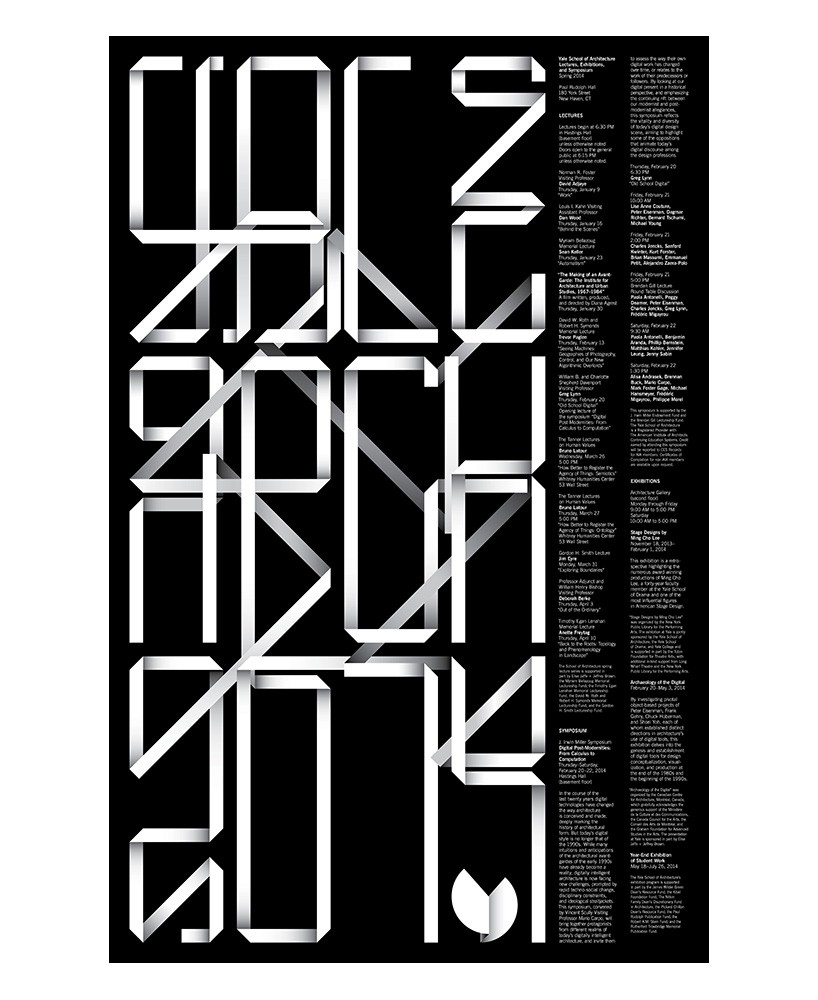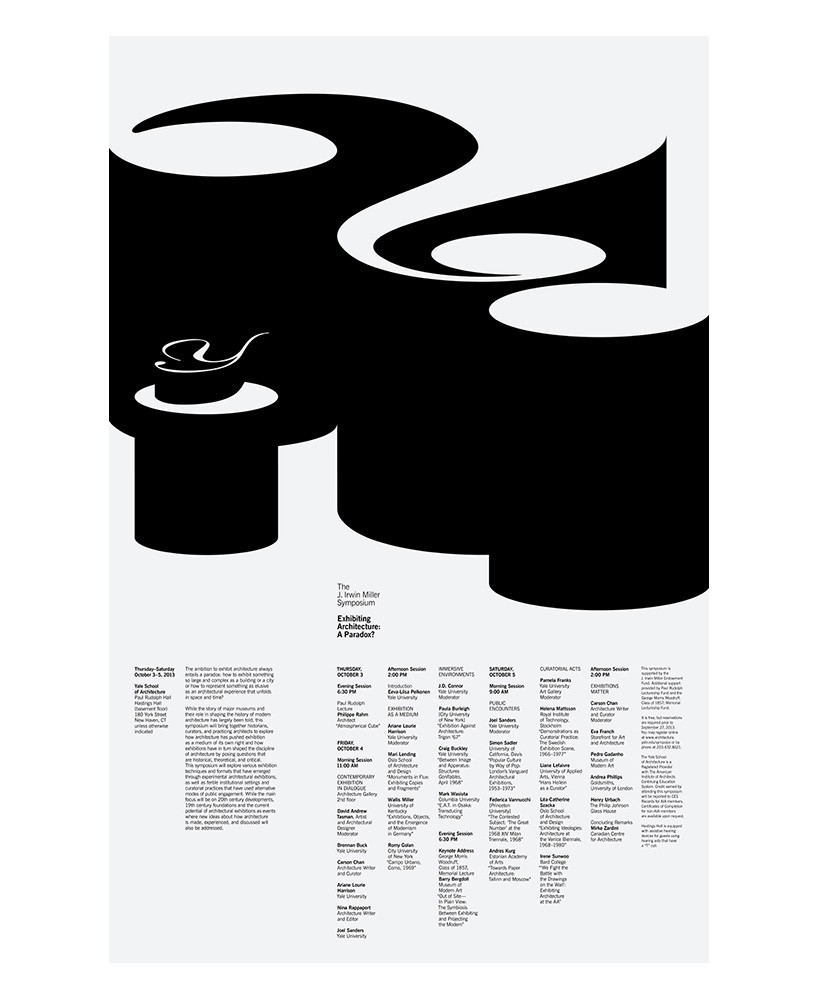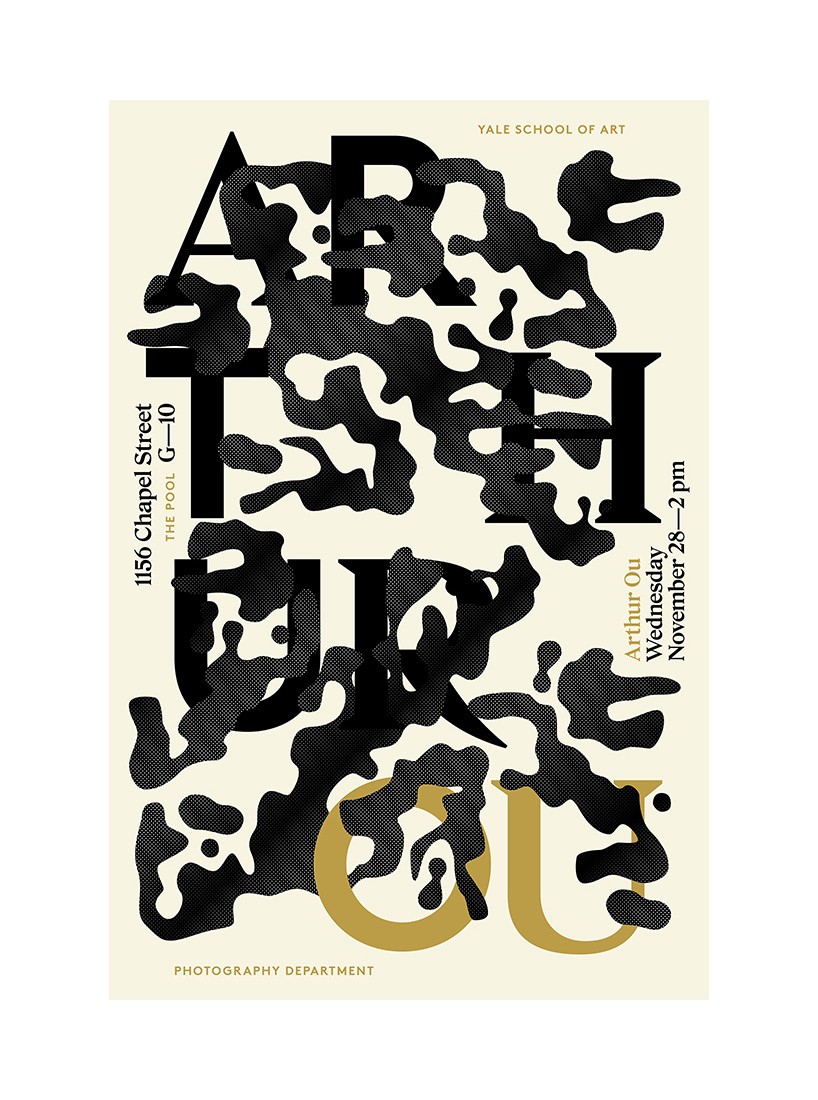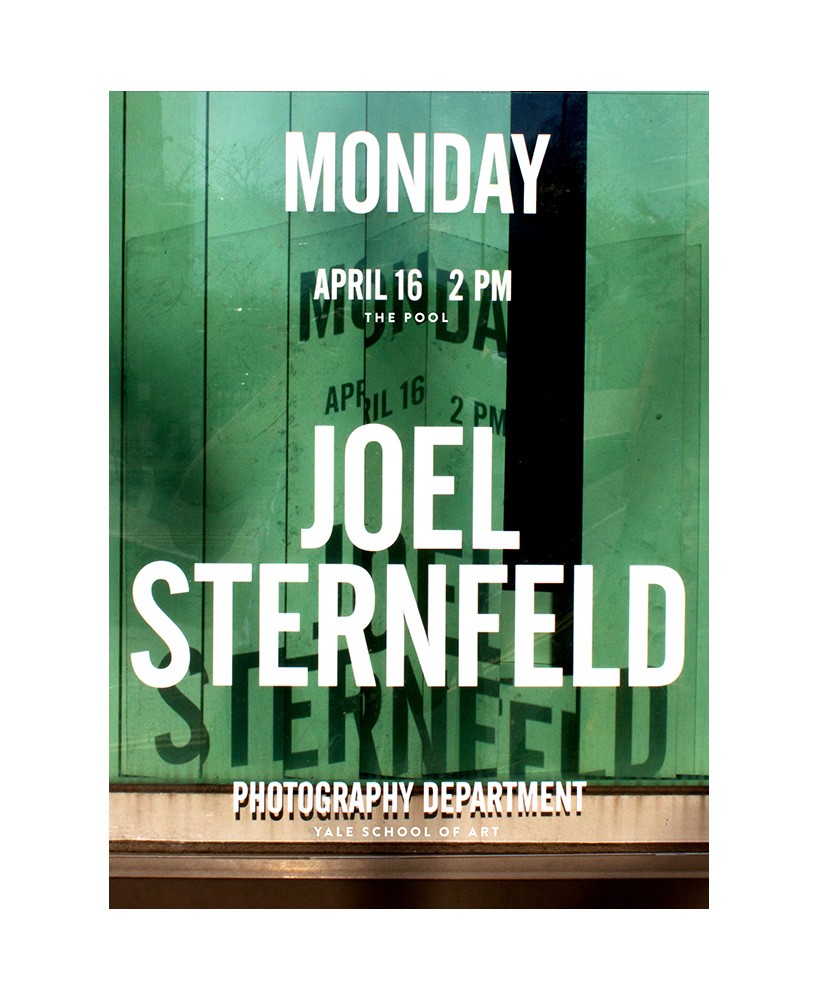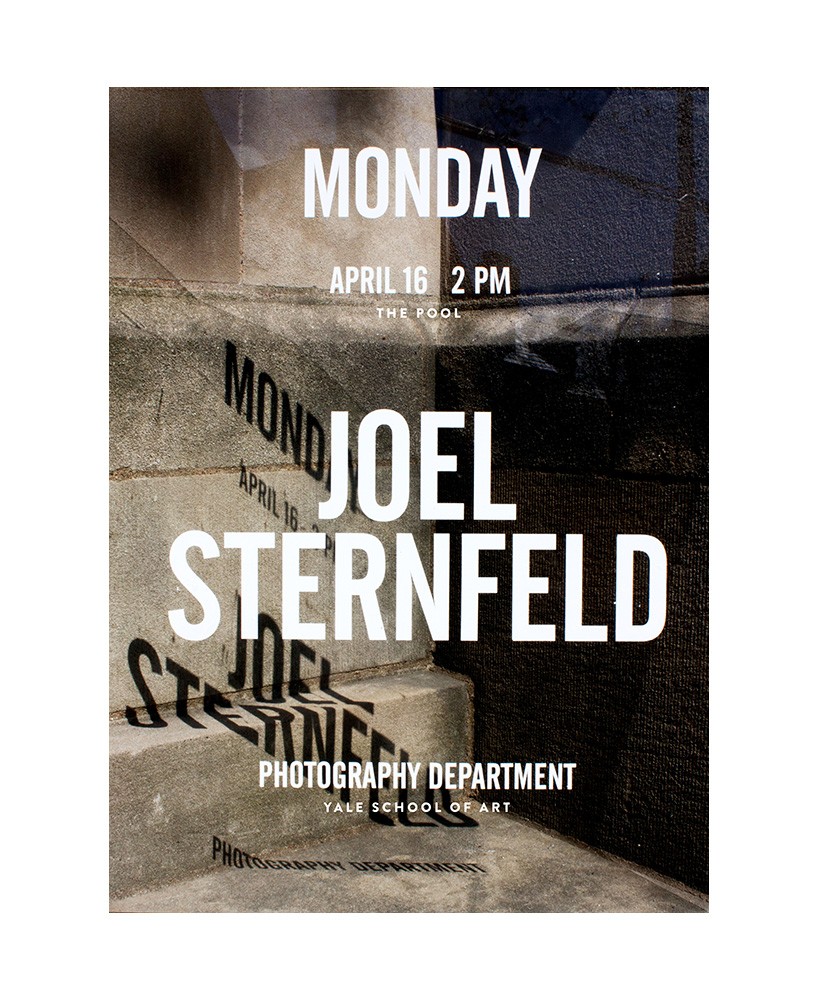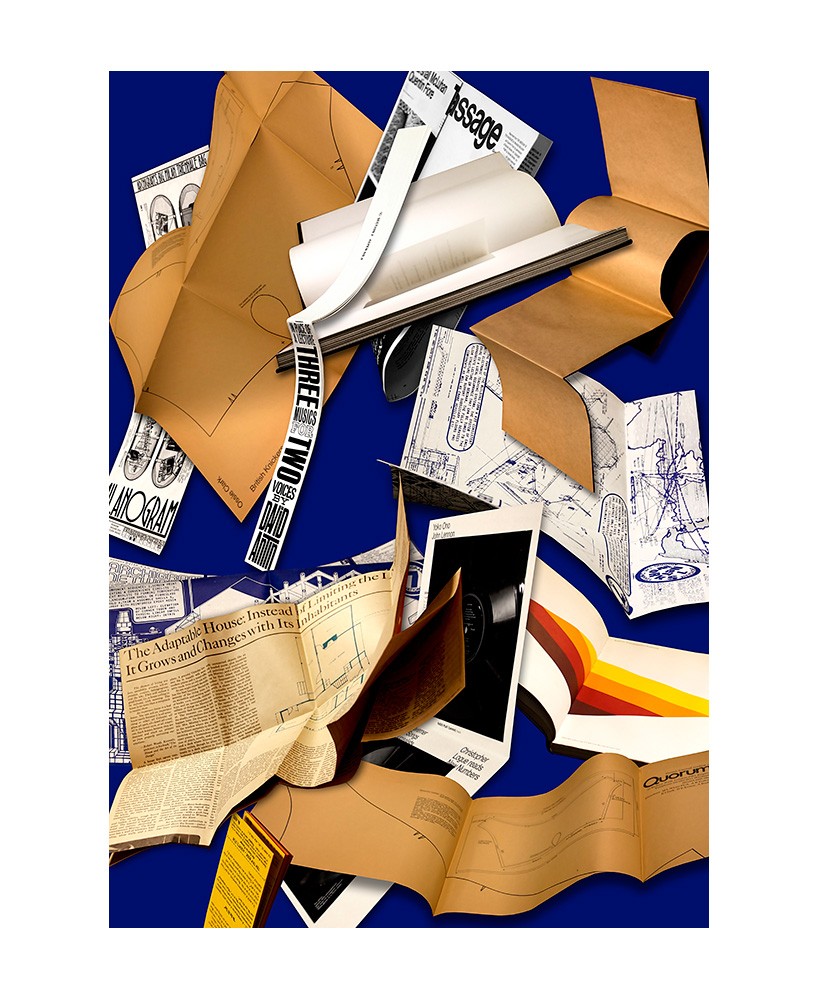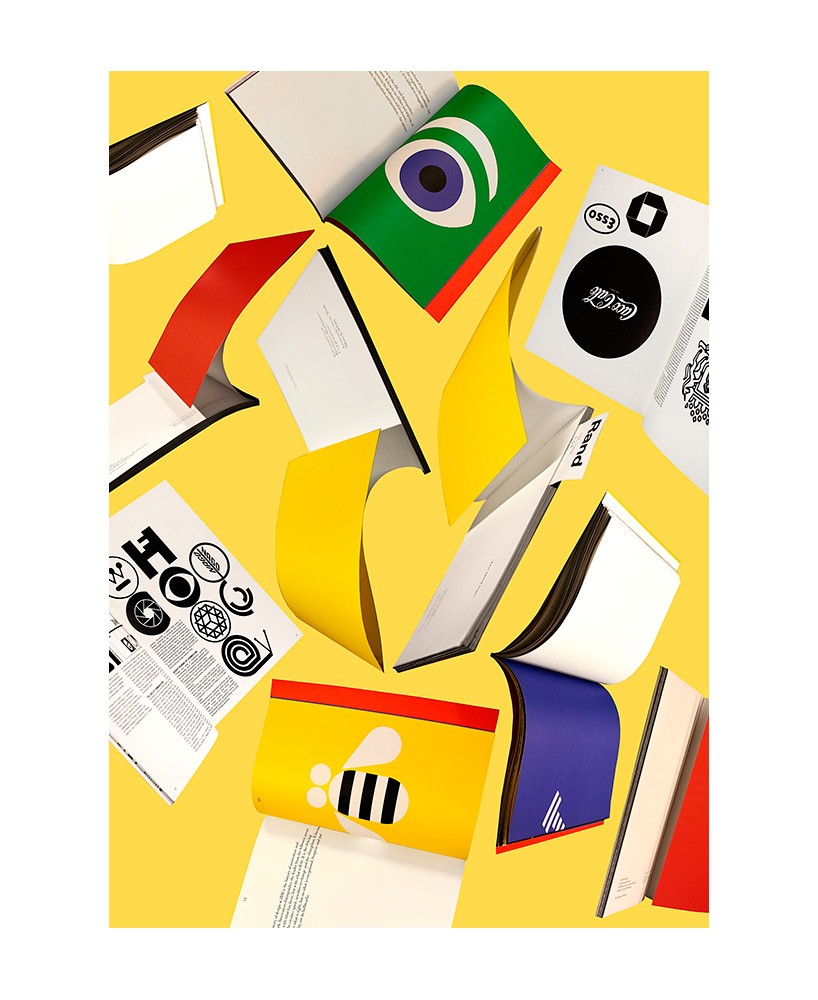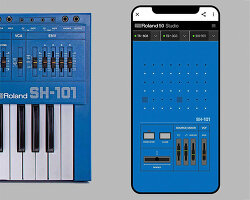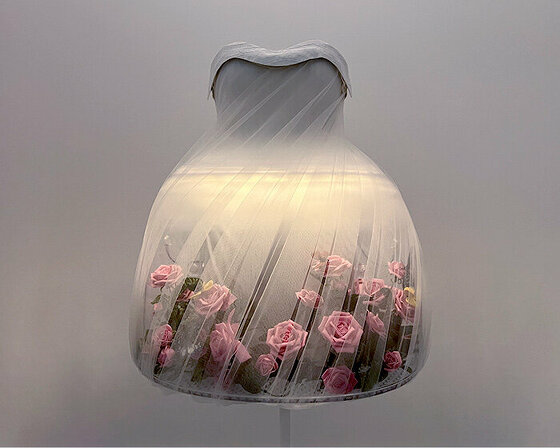KEEP UP WITH OUR DAILY AND WEEKLY NEWSLETTERS
happening now! AXOR makes individual luxury a reality in the bathroom, and reveals its citterio C collection by antonio citterio.
PRODUCT LIBRARY
designboom speaks to philippe starck about his inspirations, and the priorities of sustainability and peace in today's world.
designboom steps inside the costume institute's latest exhibition, showcasing 250 garments and accessories spanning four centuries, visually united by iconography related to nature.
a powerful symbol of the house’s cultural heritage, the jockey silk with colorful geometric motifs is an inspiration for leather goods and textiles.
connections: +710
watch our livestream talk with BMW Design at 19:15 CEST on monday 15 april, featuring alice rawsthorn and holger hampf in conversation.
connections: +340

